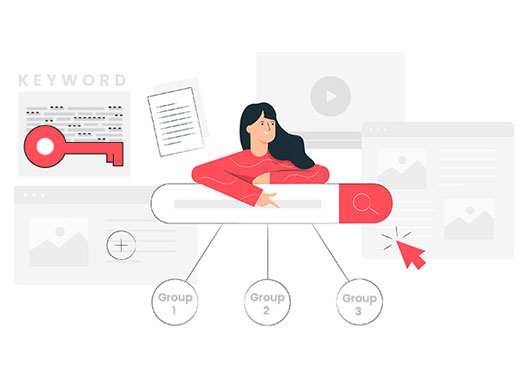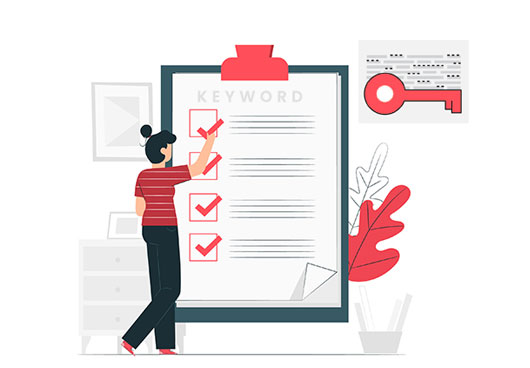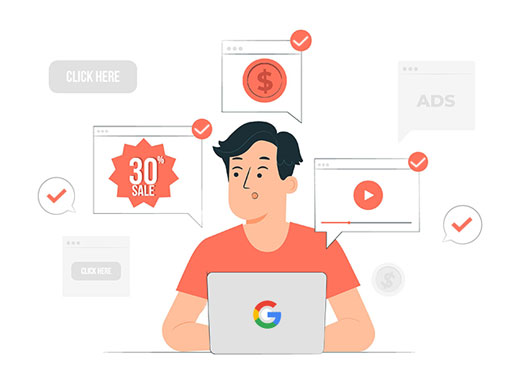Google’s Fact Check Features Help You Sift Information from Misinformation
Contributors:
Amol Ghemud
Published: April 13, 2022

Remember when you had to refer to an encyclopaedia to learn about a topic?
Or wait for the morning newspaper or primetime news bulletin to know what was happening in the world?
Or check out a physical restaurant guide to read menus, make reservations or read reviews?
If you were born post 1996, it’s likely all alien to you. And if you were born before that – you probably remember these from a time long gone.
The digital age we live in gives us access to information at our fingertips, fast. Whatever it is you need to know — what’s happening in Ukraine, the IPL match score, a Bollywood wedding, where to get the best alphonso mangoes — it’s all available at the click of a button in a search bar.
The Information Vortex
In the information age, Google is the undisputed keeper of everything we want and need to know. and Google has made it easier for us to find what we want. But with so much information being published and posted on the web every second, it’s also easy to get swept up in a sea of misinformation – which may be intentionally or unintentionally published (fake news is indeed real – that’s the irony).
The sheer volume of information available on the web — from established, centuries old news sources like the New York Times to new-age sites like Buzzfeed to even satirical sites like The Onion — is astounding.
Having the option to look at so many sources gives us a more well-rounded perspective and even opens us up to viewpoints we may not have considered.
However, the tsunami of information, the ease of access and the speed with which it can come at you also means it gets harder to discern what’s credible and what isn’t.
The good news is, Google’s always a step ahead to ensure a better and safer experience for users. And their enhanced new fact checking features are a step in the right direction, to ensure that we can better judge the information they show us in SERPs.
The Fight Against Misinformation: Partnerships and Investments
Google has long maintained and displayed when a story is developing (and that information related to it isn’t broadly available as yet) when news breaks or if a topic is trending. The search results automatically show users a notice, indicating that it may take time for more outlets to publish news or information on the topic and cite credible information.
Ever since the Trump era, fake news has become a matter of grave concern, only made worse by the pandemic.
The Russian invasion of Ukraine brought matters to a tipping point, where people claimed to see misleading or doctored reportage and data, particularly across social media platforms.
Late last month, Google CEO Sundar Pichai announced it would take it further, investing $10 million to fight misinformation related to the Ukraine war. Along with the investment, Google has launched partnerships with on-ground, region-specific think tanks to look into probable cases of misinformation, along with grants to support nonprofits and fact-checking networks at the grassroots level.
Getting Started: The “About This Result” Option
The “learn more about this result” or About This Result feature was highlighted last year along with Google’s MUM update. You might search for something and Google pulls up a result from a site you haven’t heard about before.
When you click on the three dots next to the search result, you uncover more about the result:
Who is this source?
How do they describe themselves and what category or publisher do they call into?
What are other folks on the world wide web saying about this source/result page?
Is there any other news or information related to this topic that could put it in context?
This gives users the option to learn more about a result and seek out further information or alternative sources.
(You can read more about Google’s MUM updates in a detailed blog post here.)
Evaluating Misinformation is Now Easier
The cosmetics of certain websites can make them seem credible and real when they are not. And when we are browsing through so many pages and links, it can be easy for unethical outlets to make you believe the misinformation they push out.
Starting with English-language searches in the United States, search results will have tips to help users evaluate information online. Google will give users nudges – letting them know that they can check if a source is trusted, whether they should come back later as the story develops further, and more.
Google has also created a brand new resource page on Google support to give more tips on how to navigate information and land on tested and credible sources.
The Highly-Cited Sources Label
Many times in journalism, a story breaks – from a lesser-outlet — and then takes a life of its own as it gains eyeballs, traction and gets picked up by bigger news sources. And much like a viral TikTok trend, it can be hard to go down the search engine rabbit hole and find the original article or report.
Google has now come up with a way to help users identify stories that have been highly-cited by other news organisations. This gives the user an easy way to find the original story, along with context and more helpful and relevant information linked to the story.
Verified by Fact-Checking Organisations
The death of legacy media and downsizing of newsrooms has led to the shuttering (in many places) of the all-important fact-checking desk.
But the art and science of fact-checking isn’t completely dead – and Google wants to give those voices their due. The new fact-check features give users the option to easily find information that has been verified by independent fact-checking organisations.
If you search for a topic that is trending or disputed, you might just see fact-check articles as part of your results.
These are small snippets to help you get context about the subject or claim. Also,
when you browse Google News on desktop, you can see recently fact-checked claims from independent publishers in your region, when related to the top stories of the day.
Google also has a tool called the Fact Check Explorer which allows users to search for a variety of different topics they may have questions about, gathered from thousands of publishers around the globe.
The Wrap: What It Means for You
If you are a journalist or reporter, the fact-check features will work to elevate your reporting, by pointing users to the source: you. The highly-cited sources label means that Google is in a better position to identify stories that have been cited by other news publications, leading the reader back to the original source.
If you are a publisher, then it means that in addition to SEO, page structure and other must-haves, you need to ensure that you are pulling from, and linking to, such trusted resources. And with these new and improved features, there’s no excuse for not researching well when you create a piece of content.
About the Author
Optimizer in Chief
Amol has helped catalyse business growth with his strategic & data-driven methodologies. With a decade of experience in the field of marketing, he has donned multiple hats, from channel optimization, data analytics and creative brand positioning to growth engineering and sales.
 Growth Strategy and Planning
Growth Strategy and Planning Inbound Growth
Inbound Growth Growth Hacking
Growth Hacking Fractional CMO
Fractional CMO Search Engine Optimization
Search Engine Optimization Paid and Performance Marketing
Paid and Performance Marketing Social Media Marketing
Social Media Marketing Demand Generation
Demand Generation AI-Driven Growth Strategy
AI-Driven Growth Strategy AI-Native Workflow Automation
AI-Native Workflow Automation Generative Engine Optimization
Generative Engine Optimization
 Growth Tools
Growth Tools Offers
Offers






















Leave a Reply